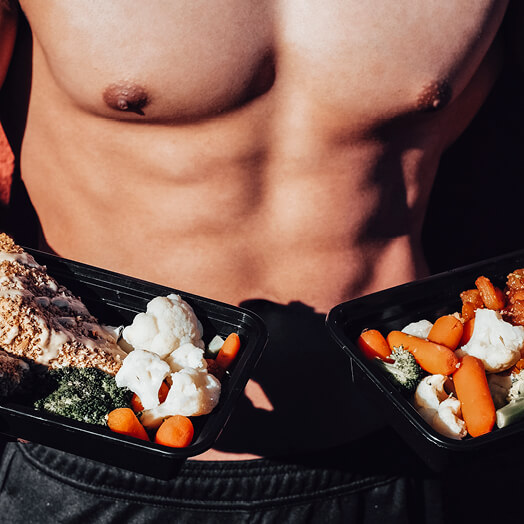Collect the low hanging fruits of nutrition
When it comes to fat loss not enough people collect the low hanging fruit. People work really hard in the gym trying new exercise routines, and new diets they see online. But what they don’t do are the things that take no effort at all.
Just like with the BMR, your body needs a certain amount of water to function optimally. 60% of the human body is water, unfortunately people don’t get enough of it. Your basic water intake is 0.033 * your bodyweight in kg, but if you go to the gym and sweat, this water will need to be replaced on top of that.
- Eat your Fruits and Vegetables.
Fruits and Vegetables provide us with most of our vitamins, minerals and fibre. They are also vital to maintaining a healthy balance of our digestion system.
Protein is a key nutrient for the human body as it is a key building block for muscles, bones and tissue structures. Protein is also key for recovery and has the added benefit of keeping you feeling satisfied for a long time. Protein can be found in meat, fish, eggs ,as well as in nuts, legumes, bean and specialised Protein shakes.
One of the biggest problems with trying to lose weight is patience. So many people think that eating well for 3 days will undo years of bad nutrition. BE PATIENT! Every nutritional change should be given a minimum of 4 weeks before being evaluated.
Burn more calories in your workout
“Insanity is doing the same thing over and over again and expecting different results.” Albert Einstein.
This is true in life as well as in fat loss.
If you continue to do the same programme for months on end your body will stop adapting. With calories being so important in the role of fat loss you need to exercise in a way that is conducive to burning calories. Varying your training structure is a quick and easy point to start. If you always work in multi sets (resting between multiple sets of the same exercise), suddenly switching it up by adding some super-sets (performing one exercise and then another exercise before recovery) can provide you with a different stimulus.
The bigger the movement the bigger the benefit. When performing a Deadlift, almost every muscle in the body is under some form of tension. The more muscles that are working the higher the energy cost (aka the calories burnt). If you compare this to a Pec-Fly where only a few muscles are working at any given time, the energy cost is not as high, which means that less calories are burnt.
Key Movements
- Squats*
- Deadlifts*
- Row*
- Press*
- Lunge
- Twist
- Brace
*Conventional Compound Lifts.
The vast majority of my programming happens around these key movements, they’re absolutely fundamental to good human movement.
Key movement benefits:
- Burns more Calories
- Improves Intramuscular coordination
- Elevates Heart Rate
- Improves Mobility
- Improves Strength
- Gains Muscle Mass




